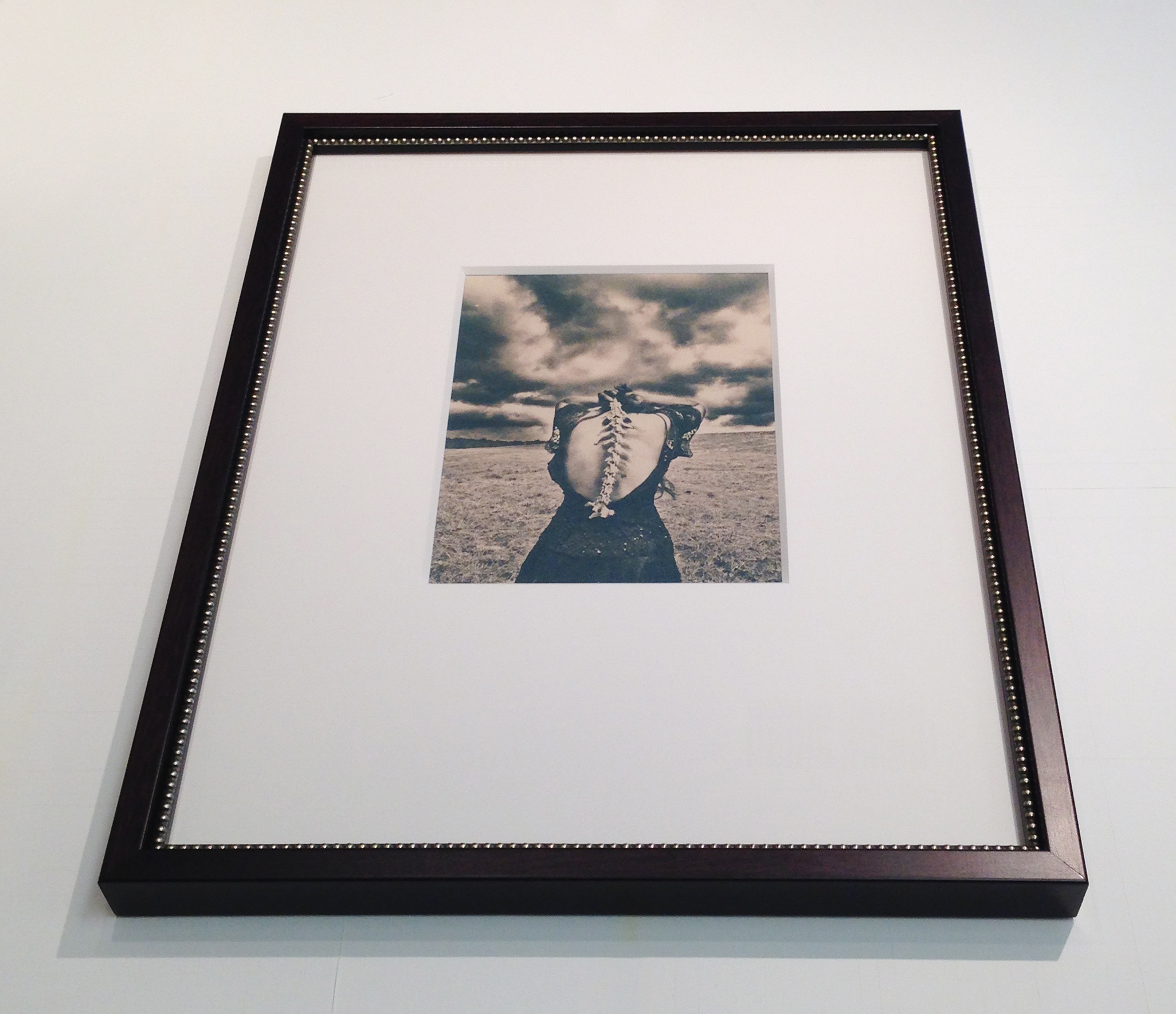Mr Whiskey Photo assistant and packing consultant extrodinaire
So with my upcoming trip out to Anderson Ranch I realized I was going to be flying with a bunch of film. Normally I prefer to drive places so I can make photos along the way. The Journey being as important as The Destination. This go around I’m a bit time bankrupt and the distance is great enough to warrant a flight. This brings into play a whole set of variables.You see with a 2002 Crown Victoria I can fit an amazing amount of stuff. But right now I’m limited to a carry on in the overhead and one that will fit under the seat of the plane….
So some choices have to be made.
First off I’m bringing the Canon 5dmk3 for ease of use and instant feedback during the workshop. 3 lenses 3 batteries 4 sets of cards and a flash round out that kit. I know a zoom takes up less room than 3 primes. It’s just that I don’t work that way. Primes just fit my way of working. My second choice is the tried and true Mamiya 7II with a 65mm and a 80mm.
I chose this camera because it makes roughly the same aspect ratio as my 4x5.It has a leaf shutter for faster flash sync speeds and it has a much smaller profile.That and a few odds and ends round out my back pack bag..
Why the added expense and hassle of working with film? That’s a much longer post for a different time.
So now that I’m mostly packed I need to worry about 2 other essential items.
A tripod and some film. The tripod is the easy one, I’m going to use a smaller one with a ball head and stuff it in my suitcase.I won’t have as much room for underwear and socks but there is laundry available where I’m going so that should be fine.If I wanted one of the bigger ones for use with a bigger camera I could always ship it to my destination and ship it back when done but that’s just not practical right now.
Now onto the 2nd and biggest essential.
FILM. In particular Kodak Portra 400 120.
Freezer bag with label and some emulsion choices.
After some online research, to see if anything has changed in the last few years. Not much has. Kodak tells us that film rated at 800iso is fine for one pass through the current X-ray machines. That means 400iso is good for 2, 160iso for 3.Maybe. That information only applies to the personal screening machines, checked bags get a WAY BIGGER dose of X-rays. Never and I mean NEVER put film in a checked bag. As an aside,never travel with film loaded in a camera, remember the camera is going to be X-rayed, also there is a chance that the film back might be opened by a screener, and there goes your film…
There are no direct flights from Boston to Aspen I’m going to be making a couple of hops. If worse comes to worst my film will get the Zap two times. Not the end of the world but not ideal and I’m not cool with that. I’m going through all the trouble to work with film I don't want it damaged. Fortune favors the prepared!
What I need to do is put all my unexposed rolls in a clear plastic freezer bag that is marked “unexposed film” and ask to have it hand checked. Nicely and with the confidence that this is how it’s done. Because this is how we travel by air with film. I shouldn’t have to tell you that you should be nice,like me Ma always said, “be nice on purpose.”
Do not use the old shielded bags they used to use for film. If an X-ray screener can't see through them they just turn up the power until they can, effectively rendering them useless.The reason I like the freezer bag is they are tougher then sandwich bags, they have a hardier zipper and they also usually have a little panel you can write on with a sharpie.I label almost everything, it makes finding things in a hurry easier. A well labeled bag that is easily accessible saves the screener time. I don’t know about you but when I run into an organized and prepared person at work I’m more then willing to go out of my way to help them out. They took the time to think about my time and its value. Be that person
Everything you need plus somethings you don't! but you'll need it if you don't bring it.
That brings me to getting to the airport early. Being respectful of other people’s time and allowing yourself enough time to deal with being a special case is important. Worse case you just make your flight, best case you have extra time to buy an overpriced beer while waiting for that flight.
Lastly mark your exposed rolls and keep them in a separate freezer bag. Still easily accessible along with the unexposed rolls just separate. I had to compromise with a screener once where they hand inspected my exposed film and xrayed the unexposed. Yup it came down to that. Exposed film is more sensitive so it was more important to me,the unexposed got marked and then used in the holga because that’s my happy accident camera, I’m already throwing the dice so why not a little more chance?
So clear plastic bag, labeled and readily accessible. Smile, be polite and GET THERE EARLY. Make sense? I hope so,here is a handy link to the tech Support articles from Kodak.
http://www.kodak.com/US/en/motion/Support/Technical_Information/Transportation/index.htm
One from Fujifilmusa
And one from Ilford.




























